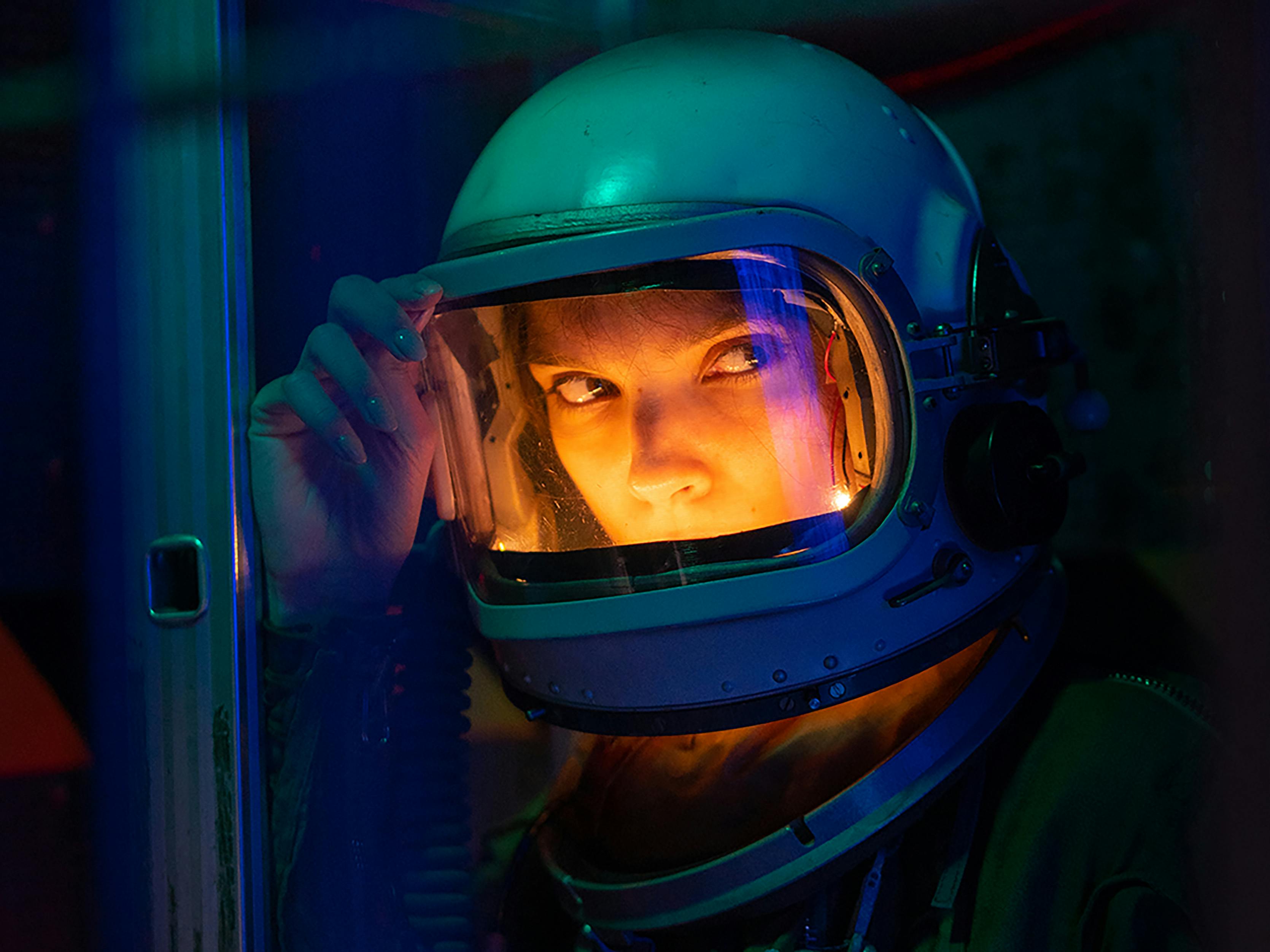
Introduction
The space race has reached an emotional pinnacle for India. In a remarkable moment for the nation, Group Captain Shubhanshu Shukla, a test pilot for the Indian Air Force, became the first Indian astronaut to participate in a mission at the International Space Station (ISS). His journey aboard the Dragon spacecraft during Axiom Mission 4 not only represents a personal milestone but also signifies India’s burgeoning ambitions in space exploration. This mission is more than just a manned flight; it is a testament to India’s rapid advancements in space technology and its commitment to sending its citizens into space.
Shubhanshu Shukla: From Gandhinagar to the Stars
Born in Gujarat, Group Captain Shukla’s journey exemplifies personal resilience and enhances confidence in India’s space endeavors. His years as an IAF test pilot honed his skills, enabling him to push the boundaries of aviation technology. However, the ISS mission offered a transformative experience, elevating both his career and India’s aspirations.
Launched from Cape Canaveral aboard a Falcon 9 rocket, Shukla’s mission is part of a strategic partnership between Axiom Space and NASA, designed to facilitate astronauts’ journeys to the ISS. Shukla’s participation marks a historic moment for India, showcasing its capability to contribute to the world’s most advanced orbiting laboratory.
Axiom Mission 4 and the Technology Behind It
Shukla traveled to the ISS aboard a Dragon capsule named ‘Grace,’ experiencing the forefront of twenty-first-century space engineering. The Falcon 9 rocket, renowned for its reusable booster technology, propelled the crew into orbit with remarkable precision and efficiency, an achievement SpaceX has accomplished multiple times.
The Dragon spacecraft is a marvel of modern engineering, featuring autonomous docking capabilities, sophisticated life support systems, touchscreen controls, and advanced heat shields. This mission not only provided Shukla with comfort but also introduced him to the intricacies of operational space systems, invaluable knowledge for India’s future manned missions.
Research in Space: India’s Scientific Contribution to the ISS
Upon arriving at the ISS, Shukla’s role extended beyond that of a mere visitor; he became an active researcher. Collaborating with scientists from NASA and ISRO, he conducted Indian-led microgravity experiments. These studies are crucial for understanding the effects of space travel on the human body and for advancing India’s space program.
Shukla’s experiments included:
- Investigating the effects of microgravity on food microbiomes, which could be essential for long-term space missions.
- Analyzing astronaut interactions with electronic displays in zero-gravity, paving the way for future spacecraft technology.
These experiments are not merely academic; the results will directly inform India’s Gaganyaan Human Spacecraft program, providing insights that cannot be replicated on Earth.
The Gaganyaan Connection: India’s Indigenous Space Dream
The upcoming Gaganyaan mission aims to send Indian astronauts into Earth’s orbit aboard the domestically developed LVM3 rocket. Although the mission faced delays due to the pandemic and technical challenges, the lessons learned from the ISS mission have become indispensable.
Insights Gained from Shukla’s Time at the ISS:
- Astronaut training and mental preparedness.
- Demonstration of life support systems in microgravity.
- Troubleshooting and diagnostics of space systems.
ISRO is in the process of testing its own Environmental Control and Life Support Systems (ECLSS) for Gaganyaan, focusing on innovations in waste recycling, food systems, and thermal regulation. Shukla’s firsthand experiences will be invaluable in refining these technologies.
India’s Future in Space: A Vision Beyond Earth
India’s aspirations extend far beyond low Earth orbit. Following the successes of missions like Chandrayaan-3 and Aditya-L1, the country has laid out an ambitious roadmap for the future:
- Chandrayaan-4, India’s inaugural lunar sample return mission.
- The conceptualization of an Indian Space Station, scheduled for completion by 2030.
- Development of advanced robotics and autonomous docking technologies.
- This mission serves as a crucial stepping stone toward achieving these grand aspirations.
The Rise of India’s Private Space Sector
While ISRO is the backbone of India’s space ambitions, the private sector is rapidly emerging as a vital contributor. Shukla’s ISS mission exemplifies how collaboration between government and private enterprises can elevate India’s standing in the global space community.
- Skyroot Aerospace is making strides in the development of reusable rocket technology.
- Agnikul Cosmos is pioneering mobile launch pads and 3D-printed engines.
- Pixxel is deploying hyperspectral imaging satellites that enhance capabilities in agricultural monitoring and resource management.
With the support of the Indian National Space Promotion and Authorization Center, these startups are positioned to play a significant role in India’s space missions in the years to come.
Conclusion: A Nation’s Leap Forward
The successful launch from Florida has far-reaching implications for India. Group Captain Shubhanshu Shukla’s mission represents a moment of national pride and a leap toward comprehensive growth in space exploration.
His presence aboard the ISS marks India as not only a participant but also a competitor in the global space arena. The knowledge, experiences, and partnerships cultivated during this mission lay the groundwork for a new era, in which Indian astronauts, scientists, and innovators will collaborate on the global stage.
The countdown to the future is just beginning. As India continues its journey into the stars, this mission symbolizes the dawn of a new chapter in our exploration of the universe.